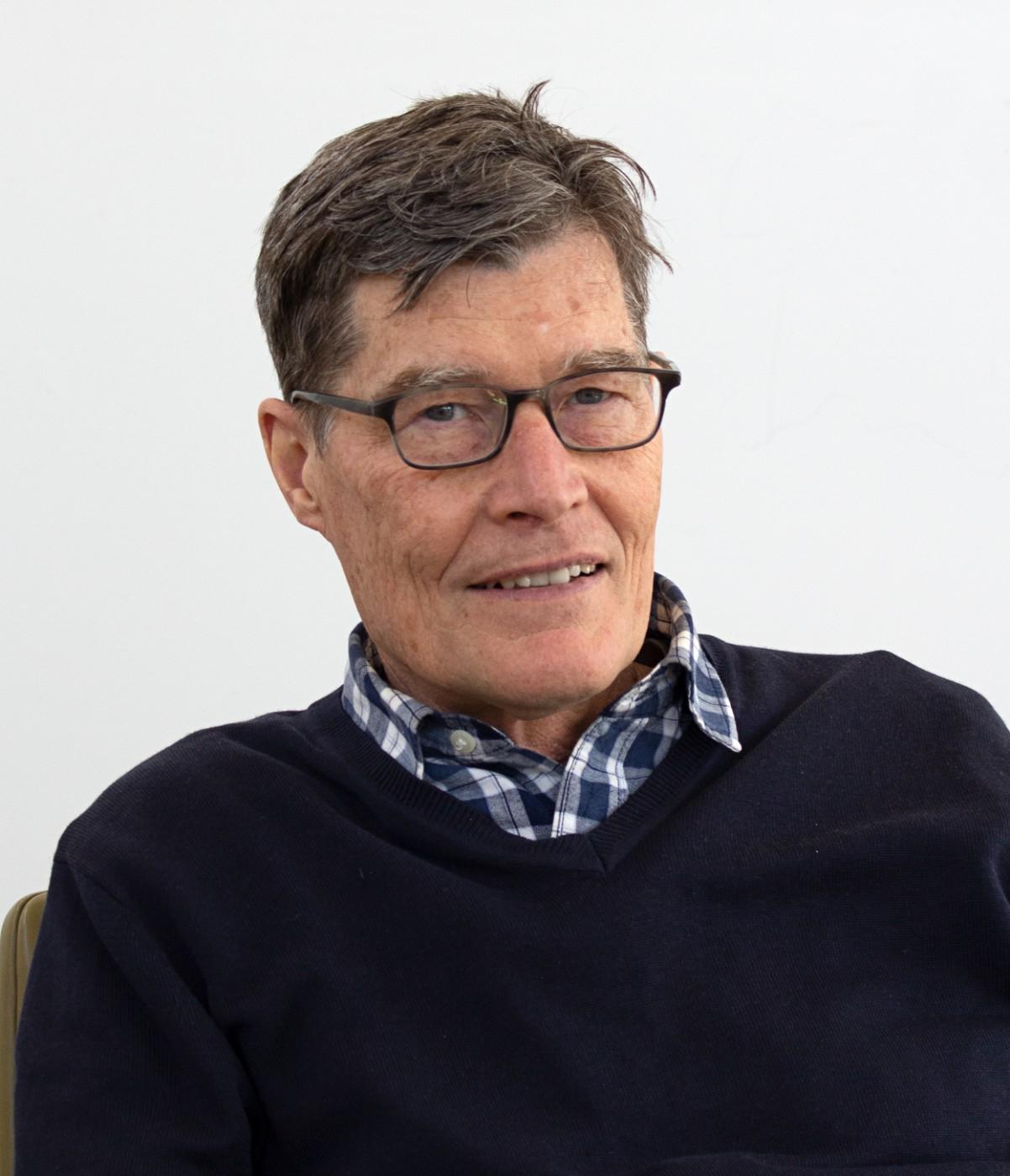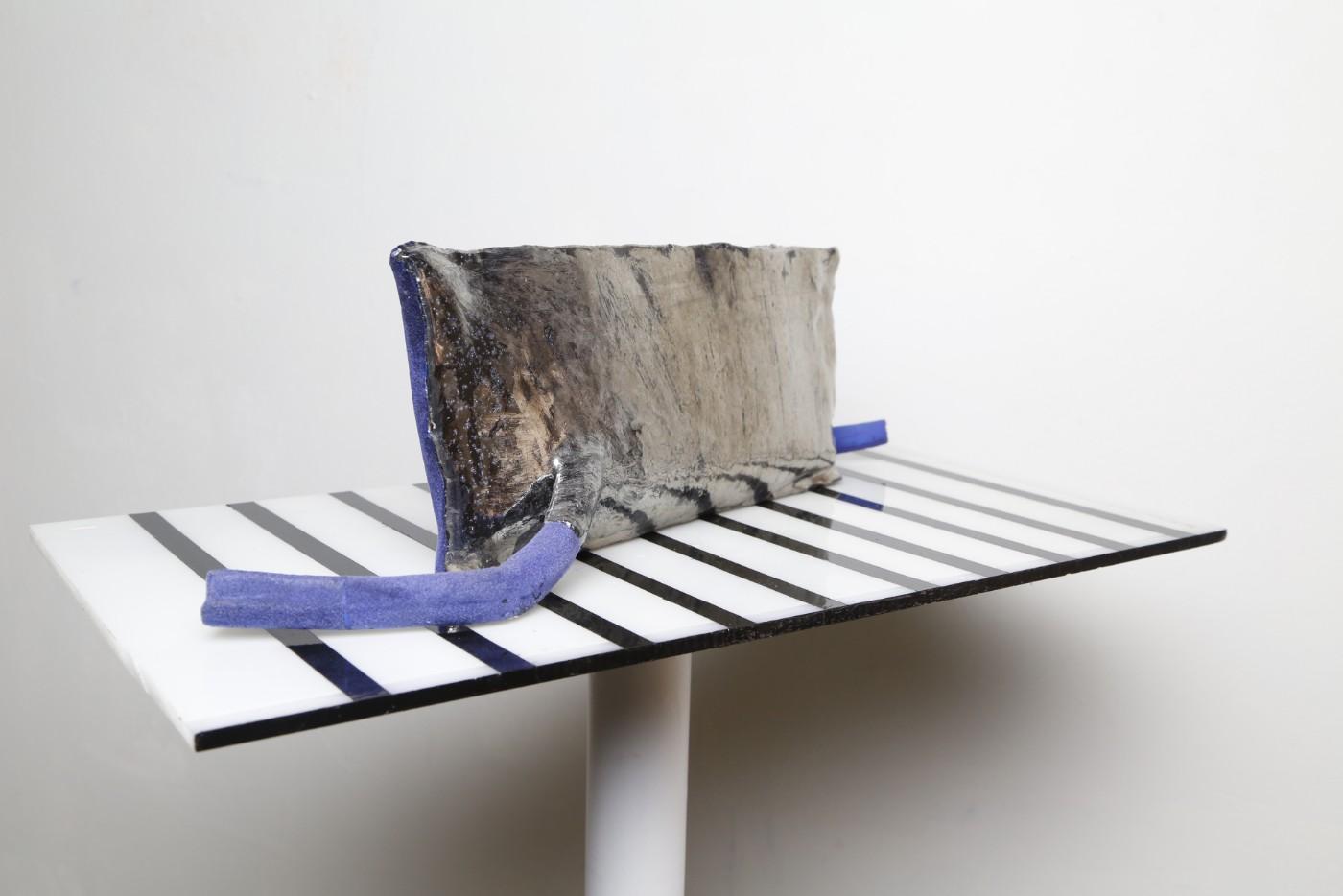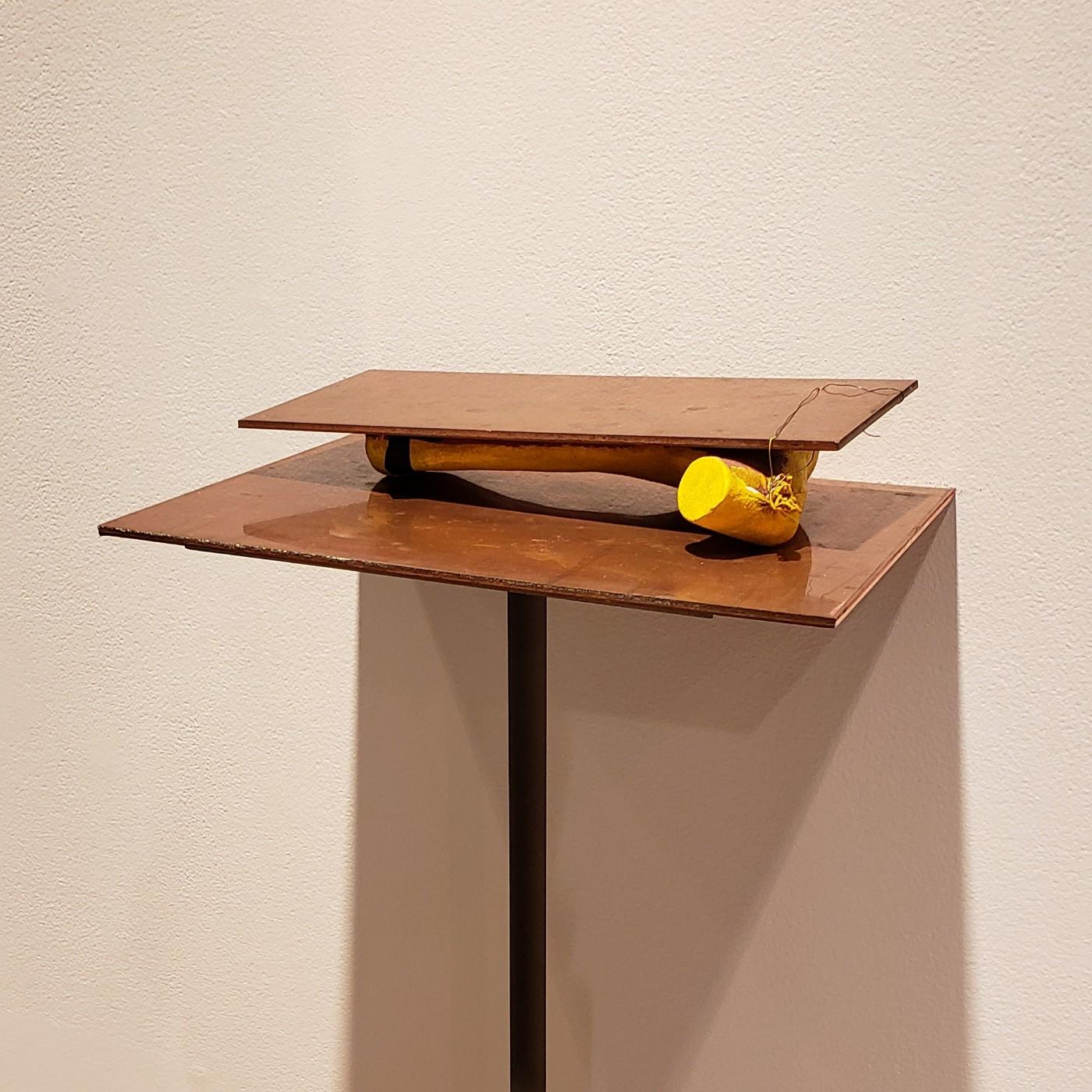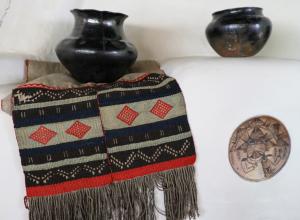Iowa-based artist Jim Shrosbree is one of 25 visual artists from the United States and Canada awarded a prestigious Guggenheim Fellowship this April, for the Guggenheim Foundation’s 95th competition. This rigorous, highly competitive annual competition awards grant money to exceptional scholars, artists and writers. 168 recipients were selected from almost 3,000 applicants. Fellows are considered the crème de la crème of their field. Influenced by Catholicism and Eastern Indian philosophy, Shrosbree’s work has an elemental, mysterious quality. Using quintessential forms and an architectural sensibility, he creates wonderfully organic, tactile abstract drawings, paintings and sculpture that reveals the sacred in the ordinary.
Shrosbree’s sculptures, paintings, and works on paper have been exhibited nationally and internationally, including important collections in the Los Angeles County Museum, Detroit Institute of Art, Des Moines Art Center, Ely and Edythe Broad Museum and University of Iowa Museum of Art. He has two upcoming shows in Detroit, a solo exhibition at Paul Kotula Projects, and a two-person exhibition with Gyan Shrosbree at NX.O Gallery this September. He had two recent shows in conjunction with the annual NCECA Ceramics Conference, NHELD, in Minneapolis: Jim Shrosbree: Slo (roll), at Augsburg University’s Gage Gallery, Feb-March, and The Form will Find Its Way, a group international exhibition at Regis Center, Katherine B, Nash Gallery, University of Minnesota, Jan-March.
In addition to the Guggenheim Award, Shrosbree has received numerous awards including grants from the National Endowment for the Arts, The Pollock-Krasner Foundation, a Wege Foundation Grant, the Iowa Arts Council and residency awards that include fellowships from Macdowell Colony and Yaddo. His work is represented by Paul Kotula Projects in Detroit. Shrosbree is an Art Professor at Maharishi University, in Fairfield, Iowa. We recently spoke with Shrobree about this prestigious milestone in his career.
Megan D Robinson: Getting a Guggenheim Fellowship is a major accomplishment. What was the process like?






























